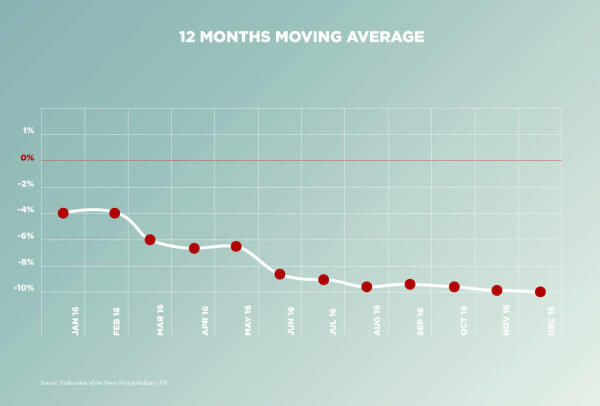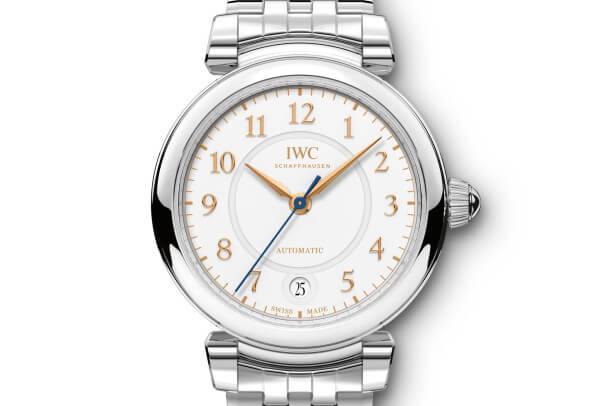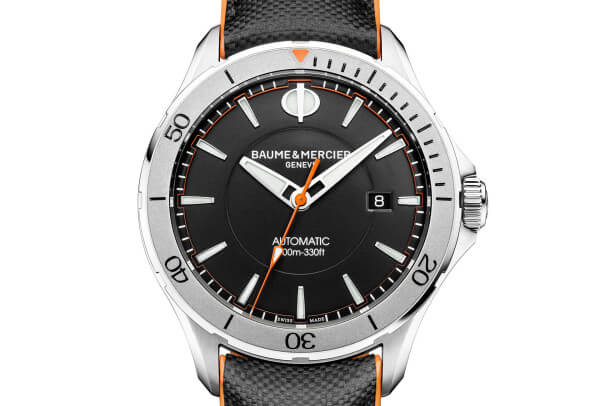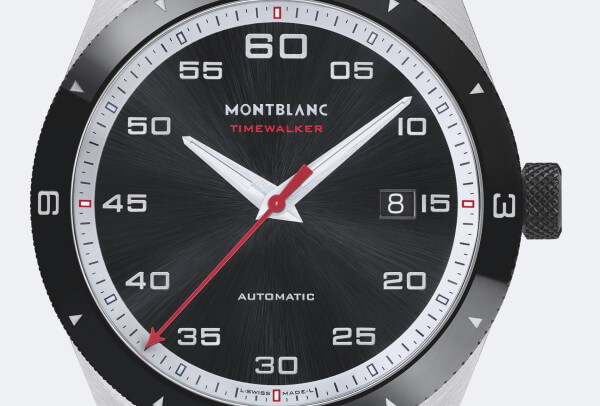In one of Aesop’s fables, “The Frog and the Ox”, the batrachian puffs itself up to the point of explosion. A cautionary tale for the watch industry which, having assumed the market would continue to grow ad infinitum, inflated production only to find itself with a glut of inventory on its hands, and no other choice than to destroy unsold stock. Fuelled by brands’ policy to propose a constant stream of new models alongside opportunistic launches, the inevitable consequence of this “keep it coming” approach was ever more elaborate products, be this from a technical or a design perspective, causing prices to spiral. Customers, seeing price tags head skywards, were convinced they had clinched a deal on earlier purchases, only to have their illusions shattered when quality failed to keep pace.
"When winter came", to stay with Aesop, and they began to feel the chill, their only option was to sell off stock at discounted prices, sometimes as much as 80%!
Unable to see beyond these spikes in profitability, brands neglected the product, intent on tapping into demand before it was too late. Has watchmaking sold its soul to the devil? For sure, managers are more likely to be seen with a calculator than a loupe in their hand while at the other end of the chain, retailer-repairers are being eaten up by the non-stop proliferation of standalone stores. “When winter came”, to stay with Aesop, and they began to feel the chill, their only option was to sell off stock at discounted prices, sometimes as much as 80%!

The need for experience
The notion of luxury no longer sits on such firm foundations, but is this a reason to question the fundamentals of the profession? There is certainly no call, as yet, to erase the distinction between “accessible” luxury for the middle classes, “intermediate” luxury for the trend-conscious, and “inaccessible” luxury for the most affluent. In this context, and whatever the category, brands must remember they have a name, and with it a reputation for excellence, to defend. A name that weighs far more heavily than any useful function the product may provide. Indeed, ahead of its intrinsically quantifiable characteristics, the value of a product lies with its intangible qualities, its historical legacy, cultural references and perception by others, and therefore its capacity to appeal to the emotions. As marketing and communications are only too aware.

In today’s context, these characteristics are no longer sufficient to account for luxury. The importance of social reference groups cannot be overlooked, as individual purchases are often shaped by shared aspirations. Similarly, a product must deliver a personal experience that appeals to the senses and conveys an identity. Beyond the quality of the object, which partly dictates its price, its value derives from a personal need more than from a desire for ostentation. Apple and Samsung, for example, are part of this trend which values experience over ownership; design serving functionality.

First measures
One of the trends in evidence at January’s Salon International de la Haute Horlogerie in Geneva was a strong push towards “accessible” luxury. For example:
• Virtually all collections now include steel, with entry-level prices in line with brand positioning. This gives watches at well under CHF 15,000 at IWC, a lowest price of CHF 3,200 at Cartier, and under CHF 1,000 at Baume & Mercier;
• Jaeger-LeCoultre and Montblanc continue to lower their price positioning with entry-level models at between CHF 4,900 and CHF 8,100 for the former, depending on the collection, and CHF 3,000 for the latter;
• As a corollary, grande complication watches are proposed as very limited editions and in certain instances as one-of-a-kinds;
• With the exception of the 34 Laureatos by Girard-Perregaux, the number of variations per model has been drastically reduced.

Price cuts intended to woo back customers can only go so far. Whatever the segment, there can be no undermining of quality. Lower prices also imply a certain democratisation of luxury, in contradiction with the rarity that gives a luxury product its value. Meanwhile, young spenders expect brands to justify their prices, whereas brands prefer to shroud themselves in mystery. Not forgetting that they are the ultra-connected generation with little need for the watch daddy wore, lower prices or not. The question of price in the watch segment is therefore part of a much vaster issue that concerns the very notion of luxury.













